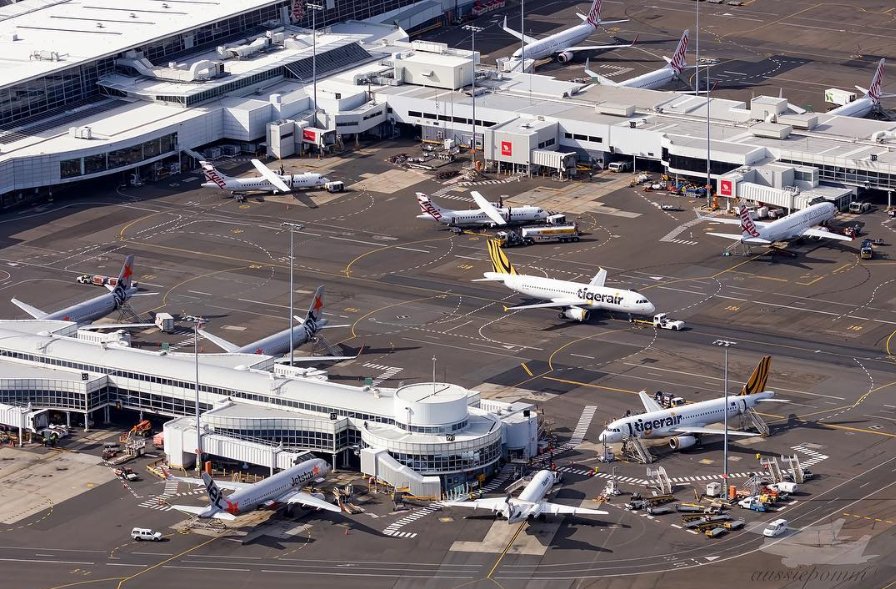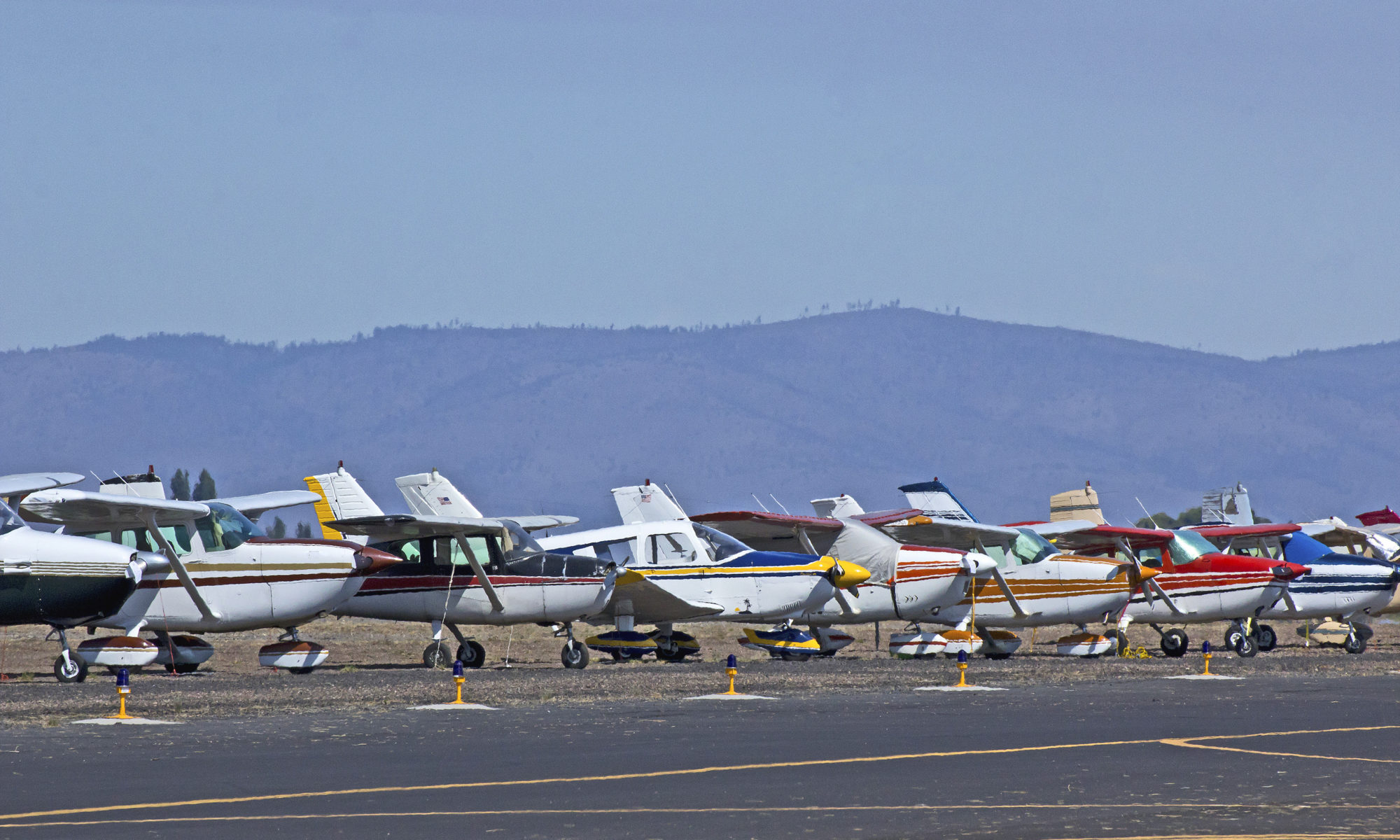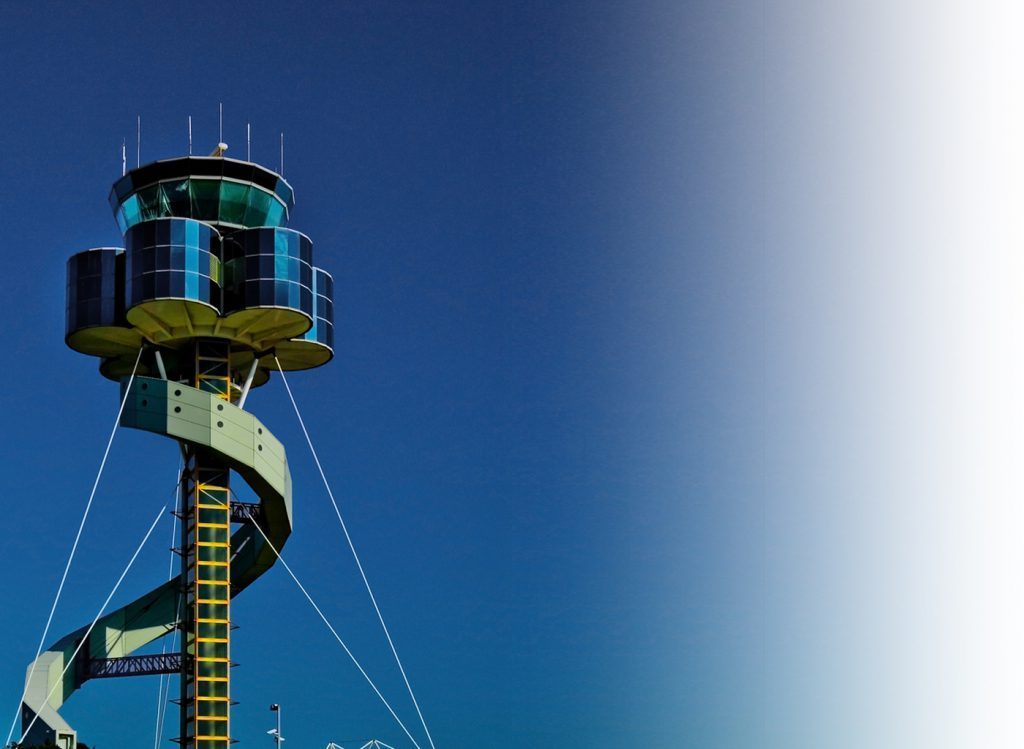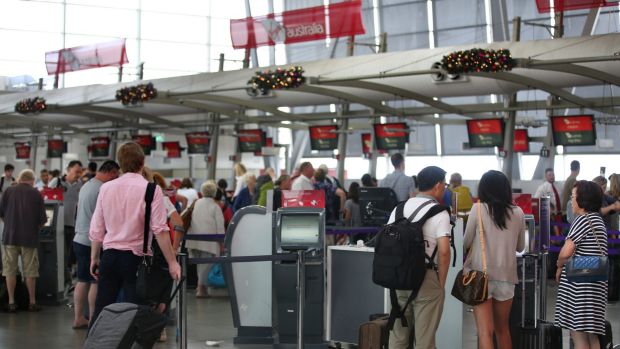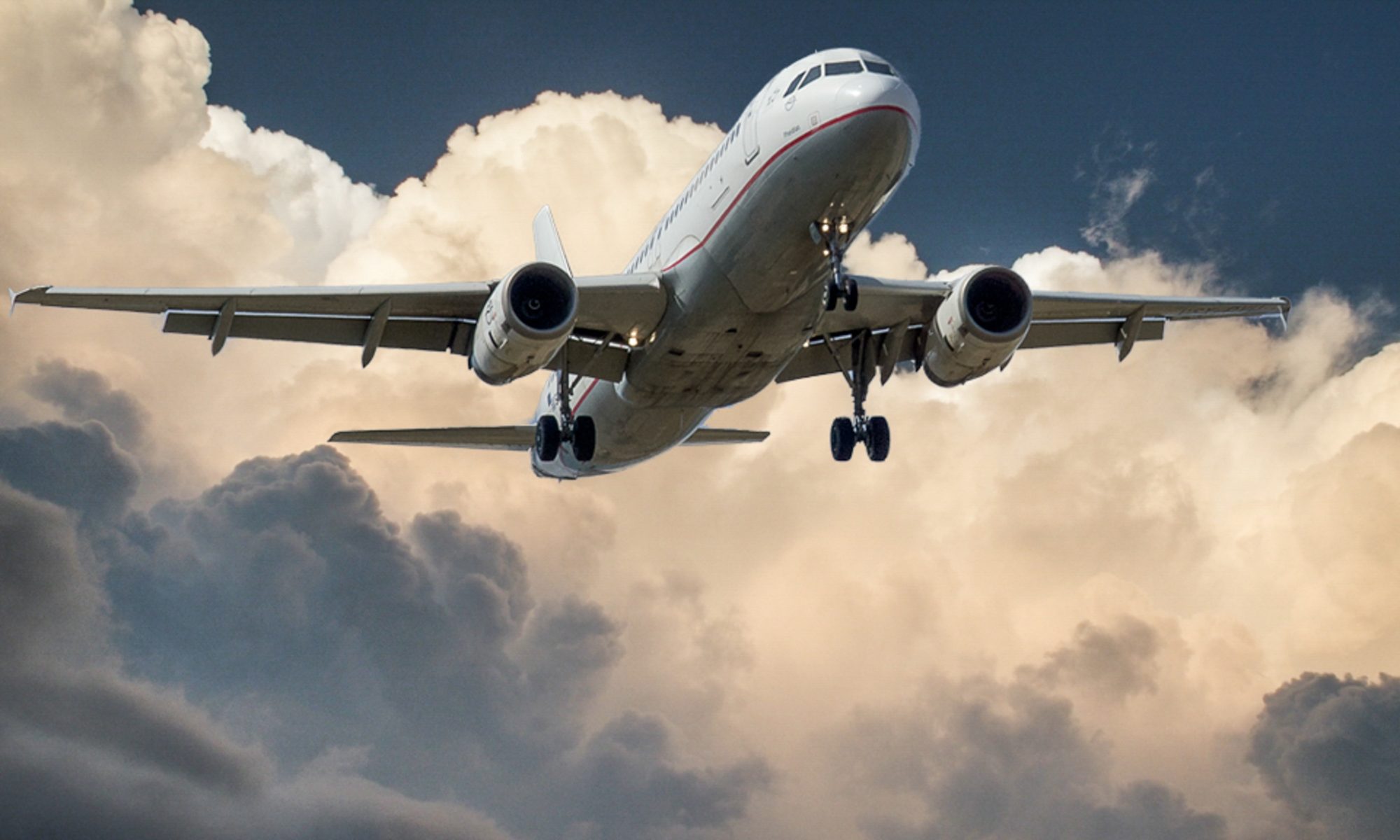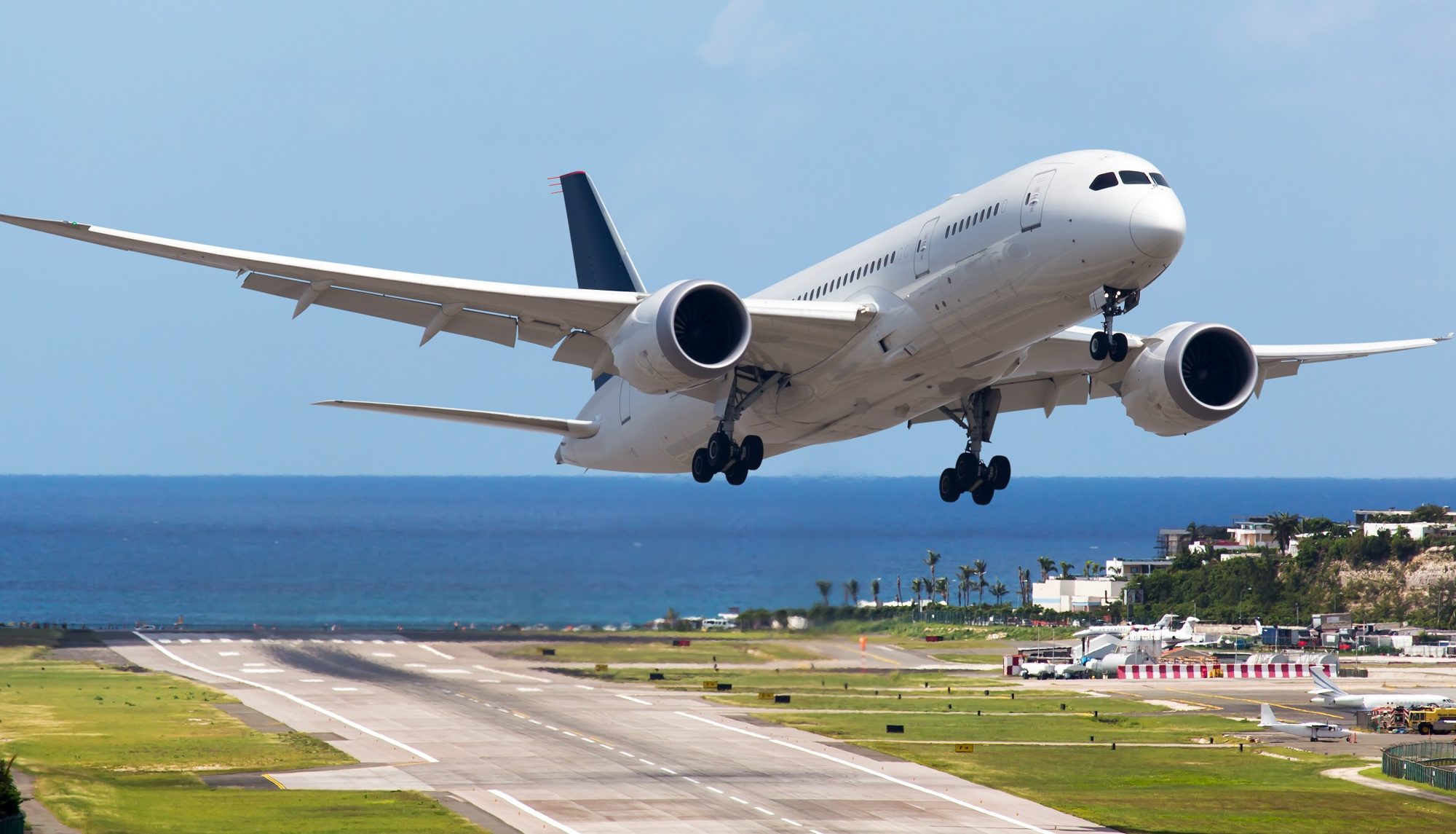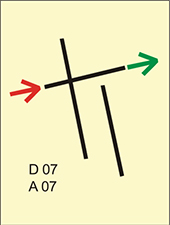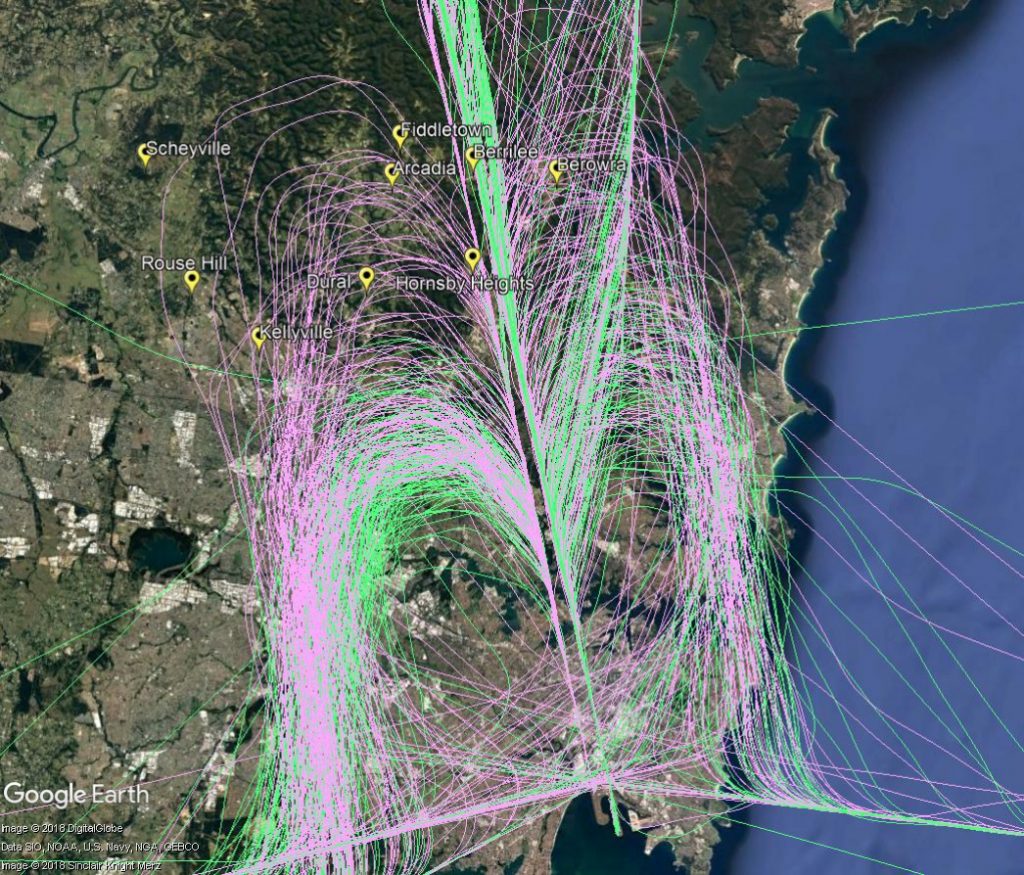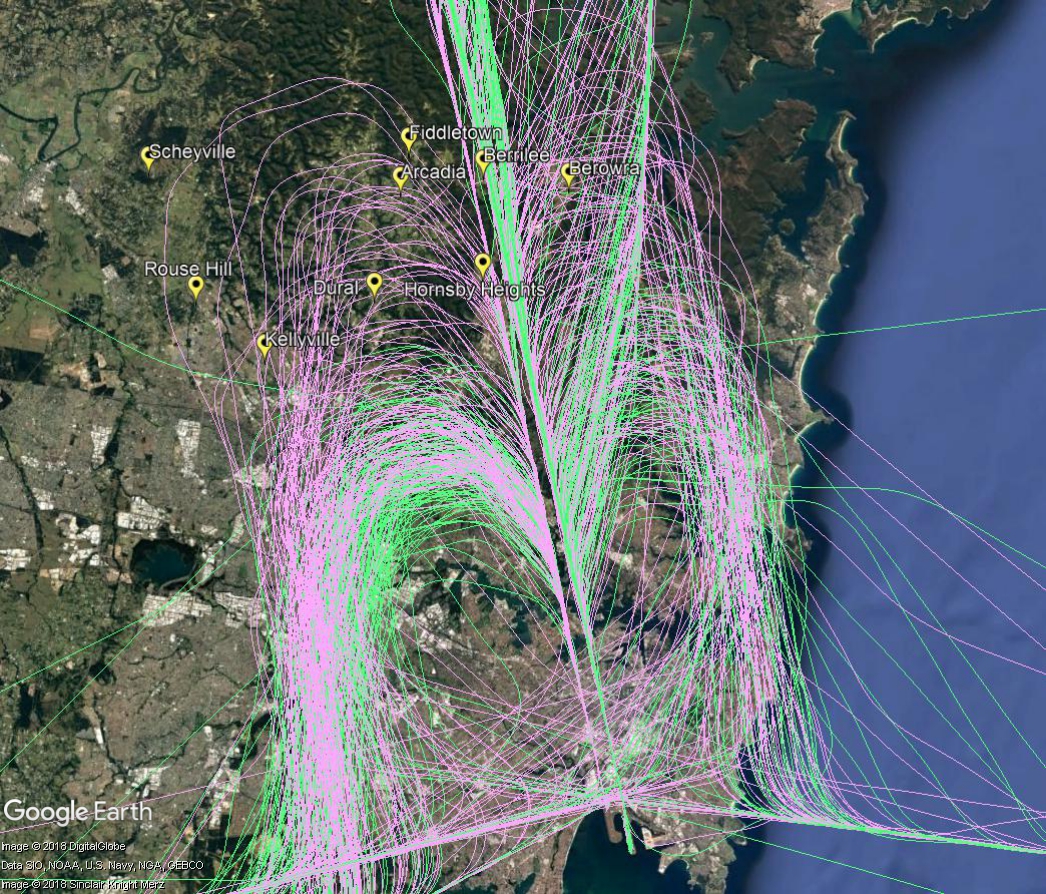The amount of light aircraft and helicopters flying at any given time will vary.
Weather
Helicopters and light aircraft often fly Visual Flight Rules (VFR) where the pilot uses visual references to the ground or water and does not fly on a set flight path. This means that when the weather is poor, for example when low cloud or fog hampers visibility, these aircraft cannot fly and you will notice a significant drop in the amount of this type of traffic.
Weekends and holidays
Pilots who fly solely for their own recreation generally have weekday jobs and therefore will fly on weekends and holidays when the weather is good. This can contribute to an increase in light aircraft traffic on weekends and some holiday periods.
Time of day
As most recreational pilots are not licenced to fly at night, recreational traffic generally ceases at sunset.
Flying courses
Flying courses have a number of different stages in which students cover theory, then begin circuit training and then progress to flying to training areas and other locations with their instructor. Some courses include night flying training. As students progress through these different stages you may notice variation in the frequency and/or location of light aircraft and helicopter traffic. During periods in-between courses, or during holiday breaks within courses, you may notice a drop in traffic.

